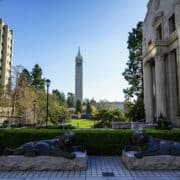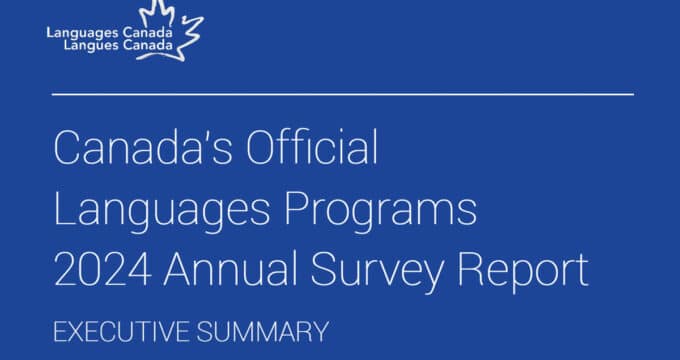Western Australia introduces new incentive scheme for agents
- The government of Western Australia has announced a fund that educators can use to further incentivise agents beyond their own existing arrangements
- Agents can receive AUS$500 per student for placing students into the schools, ELICOS, and VET sectors, and AUS$1000 for each higher education enrolment
The Western Australian government is pulling out all the stops to boost the flow of international students to the state’s education institutions – and a major component of the new push is leveraging the agent channel in recruitment.
Of the AUS$41.2 million the McGowan government has reserved in its 2022/23 state budget to revitalise the international education sector, AUS$10 million in is earmarked for an “Agent Incentive Scheme.” This scheme is rare in the sense of it being a government-funded programme directed at incentivising agents. Across the major English-speaking destinations, agents’ commissions are usually paid entirely by institutions or schools.
The government will – between September 2022 and June 2023 – pay agents AUS$500 per student for placements in schools, ELICOS, or VET providers and AUS $1,000 for enrolments in universities – of which there are five in Western Australia. The scheme will end once the fund is empty due to commissions paid out to agents within that time frame.
The government-funded commissions are not a replacement for the incentives individual institutions pay agents, but rather a top-up. Agents will receive their government commission payments directly from participating education institutions in the scheme.
Additional funding to offset student expenses
In addition, AUS$6.8 million will go towards the existing International Student Accommodation Subsidy (ISAS) International Student ELICOS Bursary (ISEB). Under ISAS, up to 2,500 full-time students will receive AUS$1,500 towards their accommodation expenses in semester 2, 2022. Meanwhile, ISEB will see up to 2,000 English-language students AUS$1,500 discounts on their tuition fees.
Of the new initiatives, International Education Minister David Templeman said,
"It is vitally important that the McGowan Government incentivises international student agents, as well as students, to encourage them to consider and ultimately make the right choice to study in our State. Through the launch of each of these programs, we want to see thousands of students call Western Australia home and make the most of our world-class education institutions."
How much boosting is too much boosting?
As Australia’s governments and educators struggle to recover international enrolments lost due to two years of COVID-related border closures, there have been concerns voiced about the extent to which international students are being encouraged to choose Australia.
For example, last year Australia removed the cap on working hours for all student visa holders, including secondary students, working in any sector. This led to a surge in international student applications, a significant proportion of which were rejected having been deemed to be fraudulent (i.e., not from genuine students).
Times Higher Education reports that,
“In early September, the Department of Home Affairs blamed a proliferation of ‘false and misleading information’ for its July rejection of more than 60% of vocational training visa applications from India, and more than 90% from Nepal.”
In response to questions about whether the new agent incentives would lead to an influx of non-genuine international students, a Western Australian government spokesperson told THE that “‘a range of controls’ would ensure that agents were only paid for referring ‘genuine’ students.”
Otherwise, the government has impressed that educators themselves must ensure that applicants from “rapidly expanding” student markets such as Nepal are “carefully vetted” and that educators ensure they are working with ‘reliable agents.’
The urgency is real
The race is on for Australian educators – and Australia in general – to recover from pandemic-related losses of international students. Australia has lost market share to destinations such as Canada and the UK – which opened their borders far sooner – and is also facing new competitors that have emerged as strong and affordable alternatives over the past couple of years.
That some of funding for the Western Australian agent incentive scheme and accommodation relief is specifically earmarked for the ELICOS sector is no coincidence. Commencements in Australia’s ELICOS (English-language) sector, which is a first landing pad for many international students who come to Australia to pursue degrees, were down by 58% in December 2021 compared with the same timeframe in 2020 – and enrolments were off by 61%. Restoring enrolments in this sector is a necessary step in strengthening enrolments down the line in the VET and higher education sectors.
The slow pace of Australia’s international education recovery early in 2022 seems to have picked up speed, however. A Navitas survey of more than 700 agents in May 2022 found that close to three-quarters of agents agreed that student interest in Australia had increased in the past two months compared to interest in other destinations. This represents a massive change from sentiment in October 2021, when only 28% agreed that Australia was gaining ground against competitors.
The Western Australian government’s decision to incentivise agents should hasten recovery still more, provided educators ensure they are working with strong agents devoted to referring only the most suitable students to their programmes.
For additional background, please see:


















